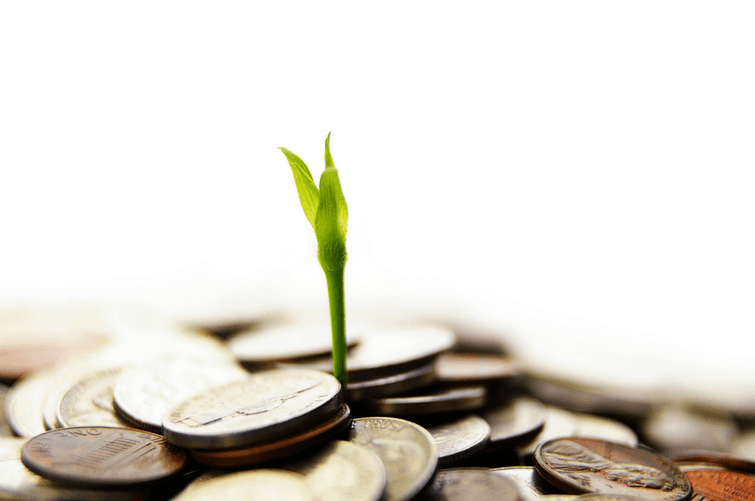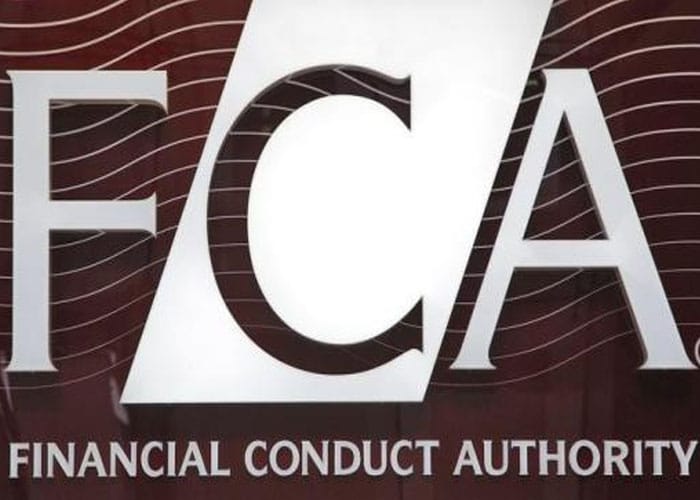
Learn To Be Smart & Safe With Your Investments
Investing can be overwhelming. There are so many different options, and so many different opinions of what stocks might be hot or not. This article is about how to get your feet wet in the wild world of investing, and get at least a higher interest rate than you might otherwise with your current bank account. Maybe you have a little bit of spare cash, and you’re starting to think about how that money “can work for you.” At the very least, you’d like to collect some interest on that money, which is more than you can say about most checking accounts. After all, if for five minutes of additional work, a year later you can have a extra $50 or $100, just by letting it sit in an account, why not do it?
So rather than talking about any sort of risky investment (like stock in hot tech start-ups) or complex investment (like options or bonds), we’ll talk about plain, relatively safe investments that give a relatively smooth rate of return. These sorts of investments won’t fluctuate wildly from day to day, and aren’t likely to suddenly lose half their value. Of course, the flip side is that they won’t double suddenly in value, either! But let’s leave the speculation to the experts at CMC Markets, who are often as wrong as they are right, and not bet our retirement on a hot tip.
To begin with, let’s just consider typical checking and saving accounts. Checking accounts often offer no interest at all. Money sitting there doesn’t work for you or appreciate in value. So, the first thing to do, is if you have more money than you need access to this month,open a savings account. The benefit is that over time, you’ll begin to make money for doing nothing. Of course, the interest rate for saving accounts at most banks currently is pretty dismal. Rates of 0.25% or even as low as 0.1% aren’t unheard of. To put that into perspective, if you invested $1,000, at 0.1% interest you’d only get $1 a year in interest, hardly worth the effort.
However, if you shop around, you can find online banks that offer much higher rates of return, sometimes as high as 1.0%. In other words, it is possible to do ten times better than what you’d get from an account at your local bank. The trick is to find a reputable online bank with FDIC insurance; that way, you can’t lose your money. In any case, with an interest rate of 1.0%, that same $1,000 will get you $10 a year. Still not much, but over time compound interest can double your money. With 1.0% interest, it would take 72 years for your money to double. That’s not good. But with 0.1%, it would take you 720 years. Much worse.
So, can we do any better than a savings account? Yes, but there’s a trade-off. Unfortunately, nothing in this world is completely free. With a savings account, we can withdraw our money at any time without penalty, which is called “fluidity.” Now, we can obtain a higher interest rate by making a promise that we won’t need to access that money for a while. In other words, we can sacrifice fluidity for a higher rate of return. One popular way of doing this, is something called a CD, which stands for a certificate of deposit. There are different CDs that require you to promise that you won’t withdraw the invested money for different lengths of time. The longer you promise to let the money sit, the higher the interest rate. For example, with a 2-year CD you might get 1.25% return, and with a 5-year you might get 2.0%. So now, our $1,000 can get us $20 a year, as long as we don’t need that initial $1,000 for five years. Maybe you’re doing pretty well at the moment, and that is a promise you feel comfortable making. With 2% interest, your money can double in 36 years.
Now, with the investment options we’ve talked about so far, there’s been no real risk of losing any money. These investments are generally insured, which guarantees you’ll get what you signed up for. But just as we can trade-off a bit of fluidity for a higher interest rate, it’s also possible to accept a little risk for a higher interest rate. One way to to do this is with a money market account. It’s similar to a savings account, in that you can usually withdraw money without penalty, but sometimes they require that you keep a certain amount of money in the account to avoid fees. And sometimes, you might lose a little bit of money in the short term, although historically they yield a higher rate of interest than savings account. So with a money market account you might be able to get 1.0% in additional interest over a savings account, but you also open yourself up to losing a little money in the short term.
These are basically the trade-offs in investing. You start out with a low rate of return, and depending on how much risk you’re willing to accept, or how much time you’re willing to put that money away, you might get a higher rate of interest in the long term. The benefit of the investments we’ve reviewed here is that if you stick to them, there’s only money to gain over not investing at all. However, saving accounts, CDs, and money market accounts are just the tip of the iceberg if you want to dive in deeper. The world of investing is wild and varied, including stocks, bonds, options, among others. And whatever you end up doing with your money, remember to be careful, and good luck!
Tradersdna is a leading digital and social media platform for traders and investors. Tradersdna offers premiere resources for trading and investing education, digital resources for personal finance, market analysis and free trading guides. More about TradersDNA Features: What Does It Take to Become an Aggressive Trader? | Everything You Need to Know About White Label Trading Software | Advantages of Automated Forex Trading












































